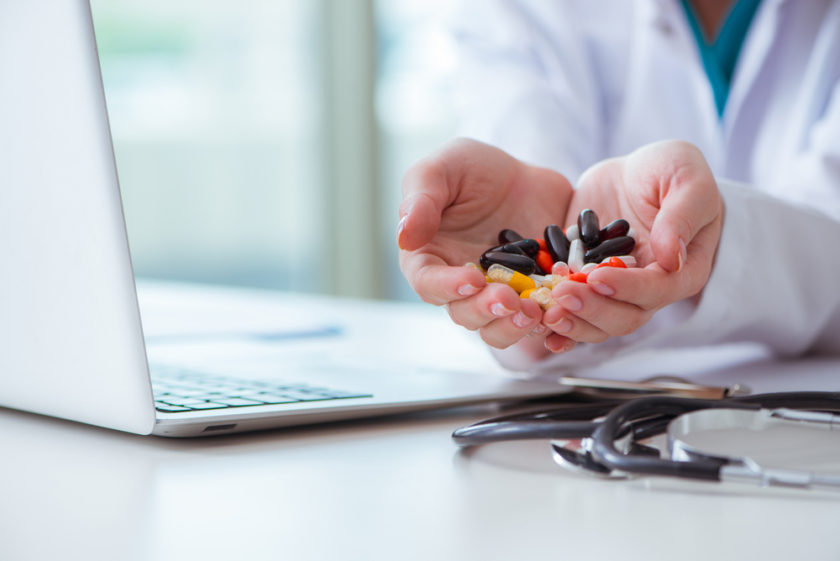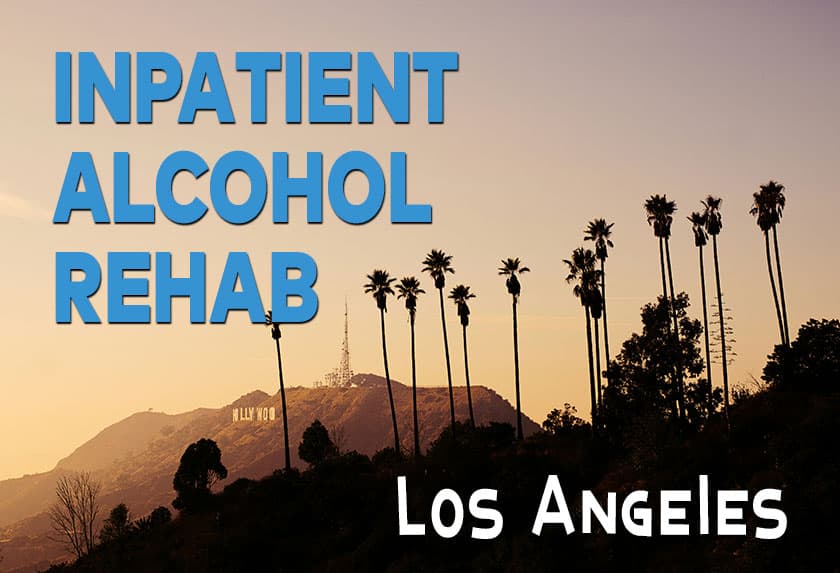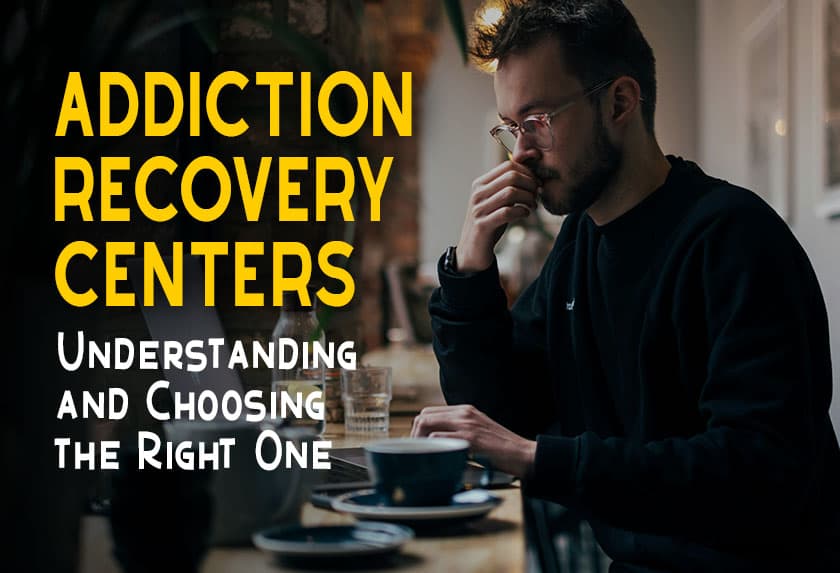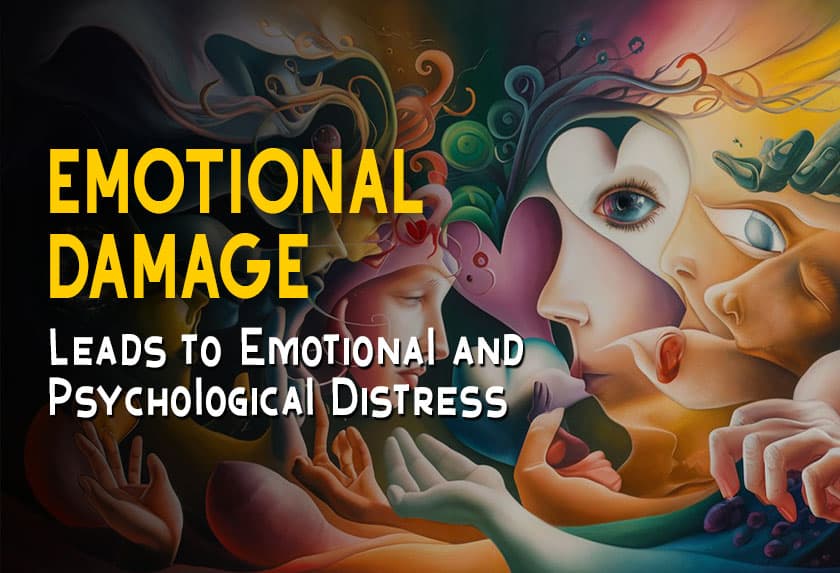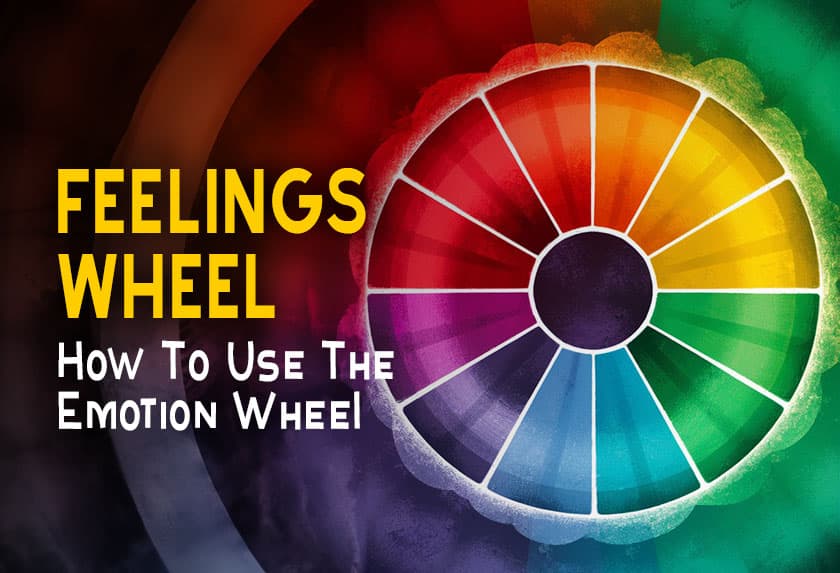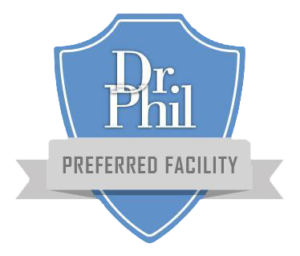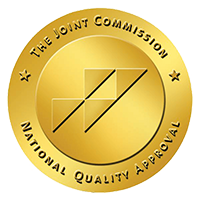When you hear the term “drug addict,” you probably think of people who abuse illicit substances like heroin, cocaine, or methamphetamine.
While it’s true that these addictions have garnered the most attention over the years from the media, one of the fastest growing addictions actually involves prescription drugs abuse. And to make matters even worse, a prescription drug addiction can end up being just as deadly as street drugs.
But how widespread is a prescription drug dependency anyway? Beyond that, what’s actually fueling the meteoric rise in prescription drugs abuse and addiction?
How Bad Is the Prescription Drugs Abuse Problem?
The legal use of prescription drugs has been on the rise for years now. From 2011 to 2014 the Centers for Disease Control and Prevention found that a whopping 48.9% of all Americans used at least one prescription drug in the past 30 days. Beyond that, 23.1% used three or more and over one-fifth of all U.S. citizens used five or more in the past month.
One of the main contributors to this rise in prescriptions is the massive uptick in opioid pain relievers being prescribed. From 1999 to 2014, the sales of prescription opioids have risen by almost 400%, even though the amount of pain Americans reported during this time hasn’t changed.
This trend corresponds directly with the number of prescription opioid deaths as well. Today, more than 1,000 people are treated in emergency departments for misusing prescription opioids each and every day. In 2015 alone prescription opioids claimed the lives of over 15,000 people, bringing the death toll from 1999 to 2015 to over 183,000 people.
Additionally, an alarming one in four opioid patients who use these drugs in the long-term ends up struggling with addiction.
And when you combine the disastrous effects of opioids with those of other prescription drugs (e.g. amphetamines like Adderall, benzodiazepines like Xanax, barbiturates like Nembutal) that are currently being abused, the consequences of prescription drugs abuse are even more extensive.
It seems clear, then, that prescription drugs are not only deadly – they’re also incredibly addictive.
What’s Behind the Prescription Drugs Abuse Problem?
The causes behind the rise in prescription drug abuse are numerous and varied.
Part of the rampant abuse can be traced back to nefarious and misleading practices by pharmaceutical companies, some of which were aimed at representing these drugs as being far less addictive than they really are. In fact, several companies are currently being sued for lobbying physicians and misrepresenting just how powerful opioids really are.
Beyond that, physicians themselves are also often to blame for overprescribing these drugs, partly due to faulty evidence from the drug companies and partly due to their own negligence. As a result, the CDC has actually released a set of prescribing guidelines in an effort to curb the spread of the opioid epidemic.
Added to these two factors is the common misconception that prescription drugs (even when taken according to the doctor’s orders) are safer than street drugs like cocaine. The truth is, however, that some prescription drugs are actually many times more potent than their street drug counterparts. Fentanyl, for instance, is actually 30 to 50 times more powerful than heroin.
Prescription Drugs: More Dangerous Than You May Think
Prescription drugs abuse is a serious problem that’s spreading like wildfire through the United States. While most people may consider these substances less dangerous than street drugs, the truth is that they can be far more powerful. What’s more is that the irresponsible prescribing practices of physicians and the misrepresentation by pharmaceutical companies have also played a role in the risk of abuse.
As with most problems, the cause is likely a combination of each of these. What is certain though, is that something needs to be done to curb the abuse and help addicts deal with their addiction.
